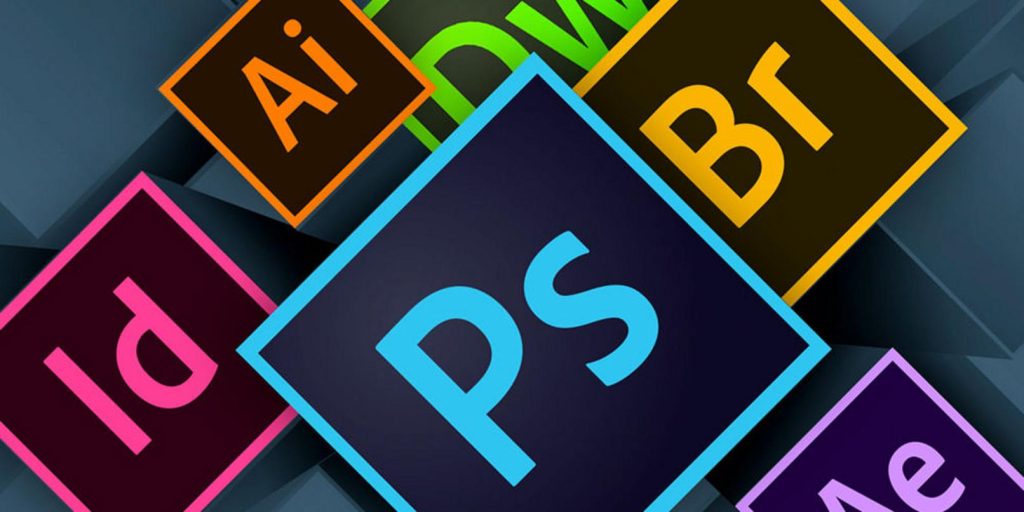From Glitches to Glory: The Art of Computer Repairs
In technology, computer repairs can often feel like navigating a labyrinth of digital dilemmas. From software hiccups to hardware malfunctions, restoring a computer’s functionality is not merely a task—it’s an art form. This article explores the intricate world of computer repairs, shedding light on the skills and patience required to transform technical glitches into triumphant solutions.
The Journey of Diagnosis
Identifying the Problem
The first step in any computer repair is accurate diagnosis. This is akin to a doctor’s initial consultation. A technician must determine the root cause of a computer’s ailment, whether due to a failing hardware component, a rogue software program, or something as simple as a user error. The challenge lies in the variety of symptoms a computer may present, which can often be misleading. For instance, a slow system could be caused by a virus, insufficient RAM, or an overloaded hard drive. Technicians must use their experience and diagnostic tools to pinpoint the issue before moving forward.
Tools of the Trade
Diagnosing computer issues accurately requires more than just theoretical knowledge. Technicians rely on an arsenal of software tools for testing system performance, scanning for viruses, and checking the integrity of hard drives. A multimeter might be used to check power supplies on the hardware front, while a thermal camera can identify overheating components. This toolkit is vital in diagnosing the problem and paving the way for effective repairs.
The Art of Repairing
Once the problem has been identified, the next step is crafting a solution—a process that is both a science and an art.
Hardware Repairs
When it comes to hardware, precision and care are paramount. Replacing a cracked screen, a faulty motherboard, or a worn-out keyboard requires steady hands and meticulous attention to detail. Each component must be handled with care to avoid any further damage. Reassembling the machine after repair tests a technician’s skill as much as the disassembly process.
Software Solutions
Software issues might not require physical talent, but they demand an in-depth understanding of operating systems and applications. A corrupt operating system may need reinstalling, while a buggy application might require updates or patches. Sometimes, the solution is as straightforward as restoring the system using previously created backup data. Configuring settings to optimize software performance and enhance security can also be crucial. However, each step must be cautiously performed to ensure data integrity and stability, with meticulous attention to preserving user data and custom configurations.
Preventive Measures and Optimization
Computer repairs do not end with fixing the problem at hand. Technicians also play a crucial role in setting up the system to prevent future issues. This might involve installing robust antivirus software, applying critical system updates, or cleaning out dust and debris that could overheat components. Optimizing the system settings for better performance may also be part of this preventive approach. Educating users on best practices is also vital to the technician’s responsibilities, ensuring that minor issues do not escalate into major problems and helping users maintain their systems effectively long-term.
The Satisfaction of Resolution
Delivering the Fixed Computer
The final stage of computer repairs involves returning the device to the user. This phase is crucial as it not only marks the resolution of the problem but also provides an opportunity to ensure customer satisfaction. Technicians typically demonstrate the repairs to the users, highlighting what was fixed and how it was done and sometimes even offering tips on avoiding similar issues in the future. This transparency builds trust and ensures users leave with relief and satisfaction, confident that their device is in optimal working condition.
Beyond the Repair
The true art of computer repairs lies in fixing problems and enhancing the user’s relationship with their technology. A well-repaired computer should feel rejuvenated and often run more efficiently than before. This transformation—from dysfunction to optimal functionality—marks the culmination of a successful repair journey.
In conclusion, computer repairs require a blend of technical skills, precise execution, and customer service. Every glitch presents a unique challenge, and every successful repair adds to a technician’s expertise. From the initial diagnosis to the final handover, repairing computers has opportunities to turn technical glitches into moments of glory. Technicians restore functionality and reinforce the seamless interaction between humans and their technological tools through this intricate art.






